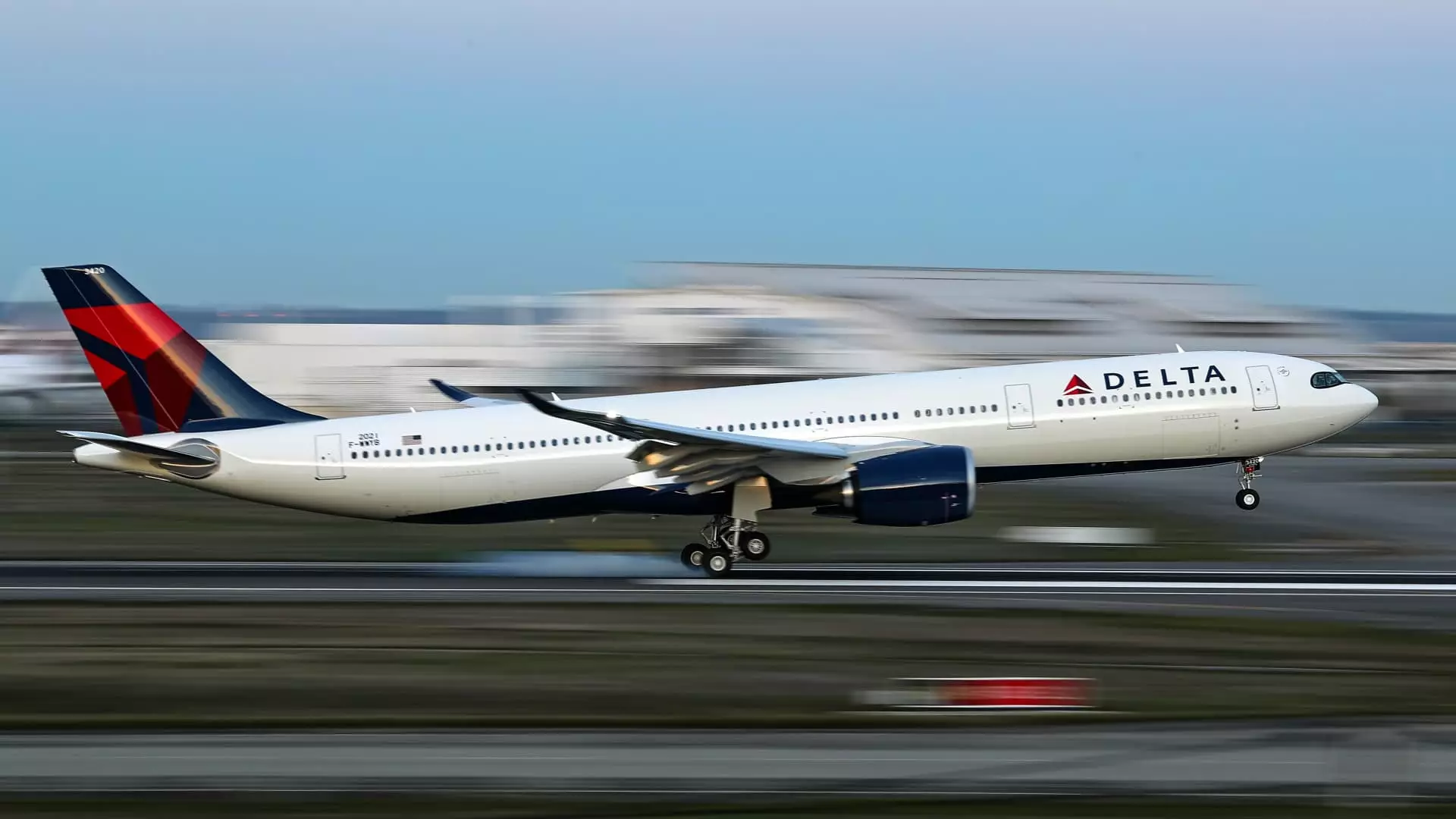In the fiercely competitive landscape of commercial aviation, Delta Air Lines is boldly reimagining the future of premium air travel. For years, industry leaders have concentrated on refining the economy class experience—introducing basic economy fares, extra legroom options, and a myriad of tiered pricing strategies—primarily to maximize revenue from budget-conscious travelers. However, a new strategic pivot is underway: airlines are now channeling their innovation efforts into the front cabins, where passenger loyalty and high-margin revenues are most robust. This shift underscores an essential recognition: the premium segment has become the heart of profitability, and personalizing that experience is the key to maintaining a competitive edge.
Delta’s executive leadership has articulated a clear focus on differentiating premium cabins through advanced segmentation. This approach is not merely about offering a more spacious seat but tailoring the entire journey to meet increasingly nuanced consumer preferences. By studying customer behavior and preferences, Delta aims to develop flexible products that can cater to diverse expectations—from corporate travelers seeking efficiency and comfort to leisure fliers craving exclusivity and social spaces. This strategic emphasis on segmentation signifies a broader industry trend: premium cabins are no longer static offerings but dynamic, adaptable environments designed to maximize perceived value.
The Economics of Premium Cabin Innovation
Financial data from Delta’s latest reports paint a compelling picture. Revenue from their business-class seats increased by 6% in the first half of the year, reaching $10.6 billion—a clear indicator of the premium cabin’s resilience. In contrast, revenue from the main economy segment contracted by 4%, reflecting the shifting focus and growing importance of high-end services. This divergence suggests that the airline recognizes the premium segment’s continued profitability, especially as it has been less affected by economic fluctuations and competitive pressures.
Despite this positive trajectory, Delta remains cautious about revealing specific plans for revamping its premium cabins. While traditional upgrades—such as lie-flat seats, enhanced amenities, and larger personal spaces—are standard, the airline is exploring more innovative options that could reshape how customers perceive luxury. These could include tiered premium products, offering something between first class and business class, possibly with fewer perks but at a more accessible price point, or even panoramic social spaces within the cabins. These innovations are under evaluation, emphasizing a strategic wait-and-see approach that balances technological capability with customer value perception.
The Challenges and Opportunities of Redefinition
The challenge for Delta—and indeed for any airline aiming to redefine the premium experience—is striking a delicate balance between luxury and accessibility. As Henry Harteveldt observed, airlines excel when they provide clear, tangible reasons for paying more. Cutting back perceived luxury may undermine that value proposition, risking alienating core customers who seek exclusivity. Conversely, offering ultra-luxurious experiences at a premium price can limit market appeal, especially during economic downturns or shifts in traveler priorities.
Other industry players are already experimenting with new ideas—United with its Polaris cabin upgrade and American’s innovative seat designs, for example—creating spaces that blend comfort, social interaction, and privacy. Virgin Atlantic’s “Retreat Suite,” allowing up to four people to dine privately, exemplifies how social spaces within premium cabins can elevate the experience beyond mere comfort to an environment of exclusivity and social bonding. These innovations demonstrate that the future of premium flying may revolve around creating versatile environments that cater to a broad spectrum of passenger desires.
With Delta’s leadership hinting at ongoing upgrades, the implicit message is that the airline sees the value in continuously evolving its top-tier offerings. The acknowledgment that “what was state of the art six or seven years ago is no longer sufficient” suggests a recognition that staying ahead of the curve requires sustained investment and innovation. Yet, the conversation also raises critical questions about which directions are sustainable and profitable in the long term. Will stripped-down premium seats with fewer frills find a niche, or will passengers demand ever-increasing levels of comfort, amenities, and social interaction? This ongoing debate encapsulates the essence of a bold new era in luxury air travel—one where customization and experiential differentiation may determine who leads the skies in the years to come.


Leave a Reply